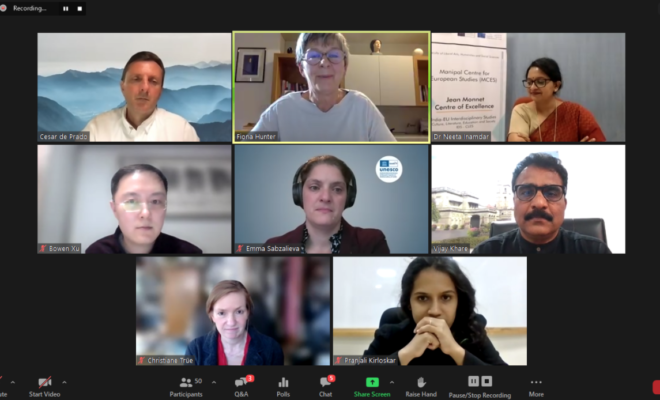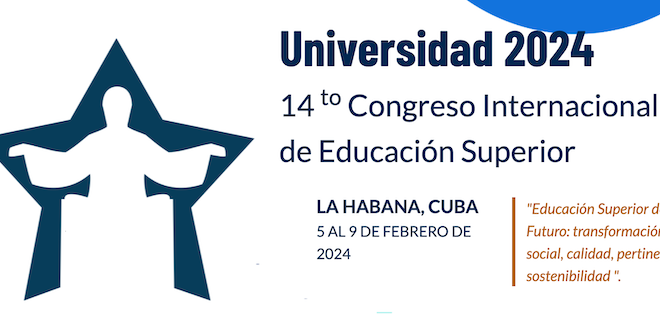New Policy Brief highlights concrete ways to enhance the impact of international aid for tertiary education
Currently, over a third of international aid dedicated to education at all levels is directed towards tertiary education. International aid can play a significant role in improving tertiary education systems, yet it often fails to reach those who are most in need. A significant portion of aid funds scholarships that do not benefit the recipient countries, as students do not return home.
This situation not only limits the direct returns on aid investments, which often remain in donor countries, but also results in a loss of qualified workforce for recipients countries, exacerbating their talent drain. Furthermore, low-income countries receive a disproportionately small share of international aid for tertiary education compared with middle-income countries, limiting its potential impact on reducing global inequalities.
Promising policy responses
To address these challenges, several policy measures can be considered such as designing scholarship programs that align with the development needs of recipient countries and requiring students to return home after completing their studies. This Policy Brief also provide examples of policies to establish clear and transparent aid allocation methods that prioritize the most in-need regions and fields of study.
Other measures discussed in the brief include strengthening coordination among donors to reduce aid fragmentation, and ensuring that aid is effectively used to build tertiary education capacities and infrastructures in recipient countries.
Towards more effective international aid
This new Policy Brief, entitled Advancing transparency, consistency, and impact of international aid for tertiary education, emphasizes the need for adopting a long-term perspective when designing aid programs, focusing on building sustainable tertiary education systems that can thrive independently of external support. It also calls for the development of standardized monitoring and reporting systems to track the impact of aid more effectively. By adopting these strategies, international aid can more effectively support the development of tertiary education, ultimately contributing to sustainable development and greater global equity.
This publication serves as a crucial resource for policymakers and stakeholders involved in international aid and tertiary education, offering concrete solutions illustrated with actual examples. Dive into the policy brief here:
RELATED ITEMS








